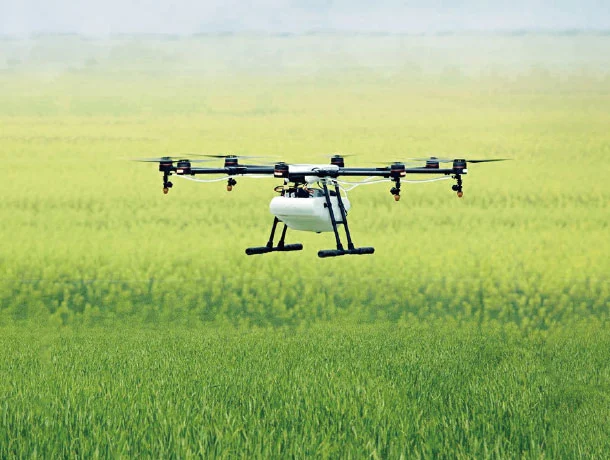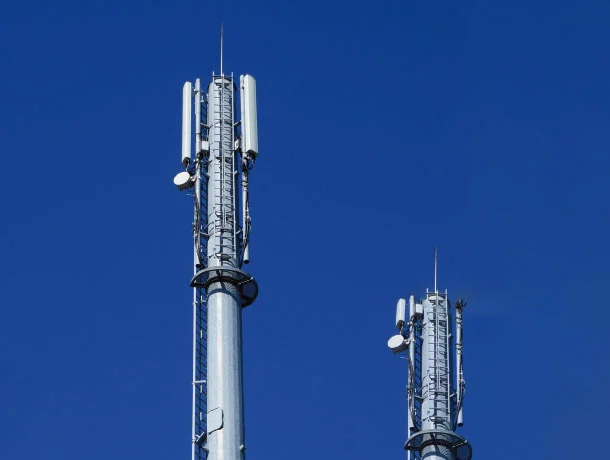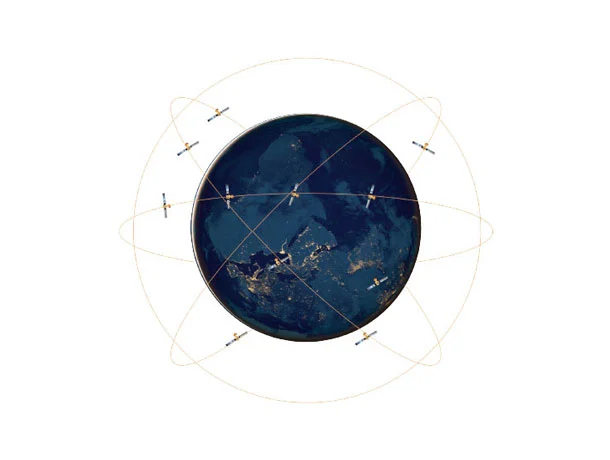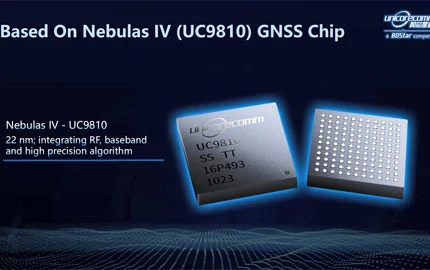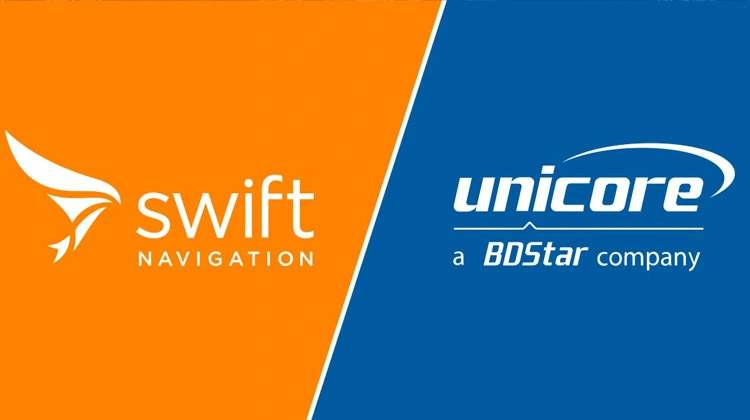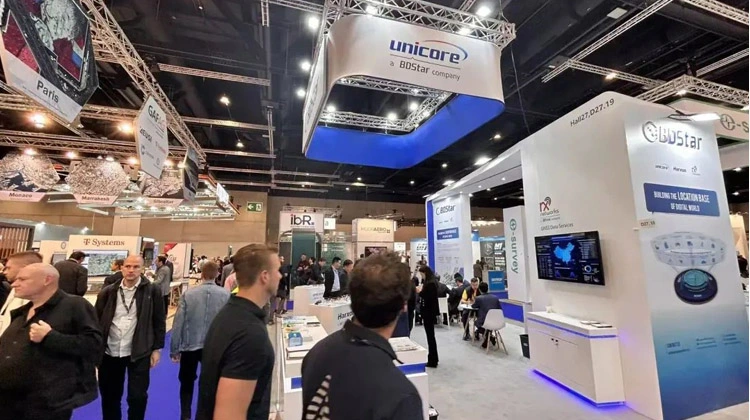INSTANT HEADING utilizes the synchronized, symmetric, and multi-path mitigated all-system and full-frequency observation data provided by the two antennas, and introduces multi algorithms to realize single-epoch fixed ambiguity, greatly enhancing the heading timeliness and reliability. Thanks to the optimized heading algorithm matrix operations and the floating-point calculation of hard acceleration of Unicore SoC, even in situations where more than 50 multi-frequency satellites are involved in heading solution, a more than 50 Hz heading update frequency is still available, perfectly meeting the requirements of high dynamic, high precision, high usability and high reliability requirements.

 EN
EN  ja
ja  ko
ko  fr
fr  de
de  es
es  it
it  pt
pt  vi
vi  sv
sv  ms
ms 